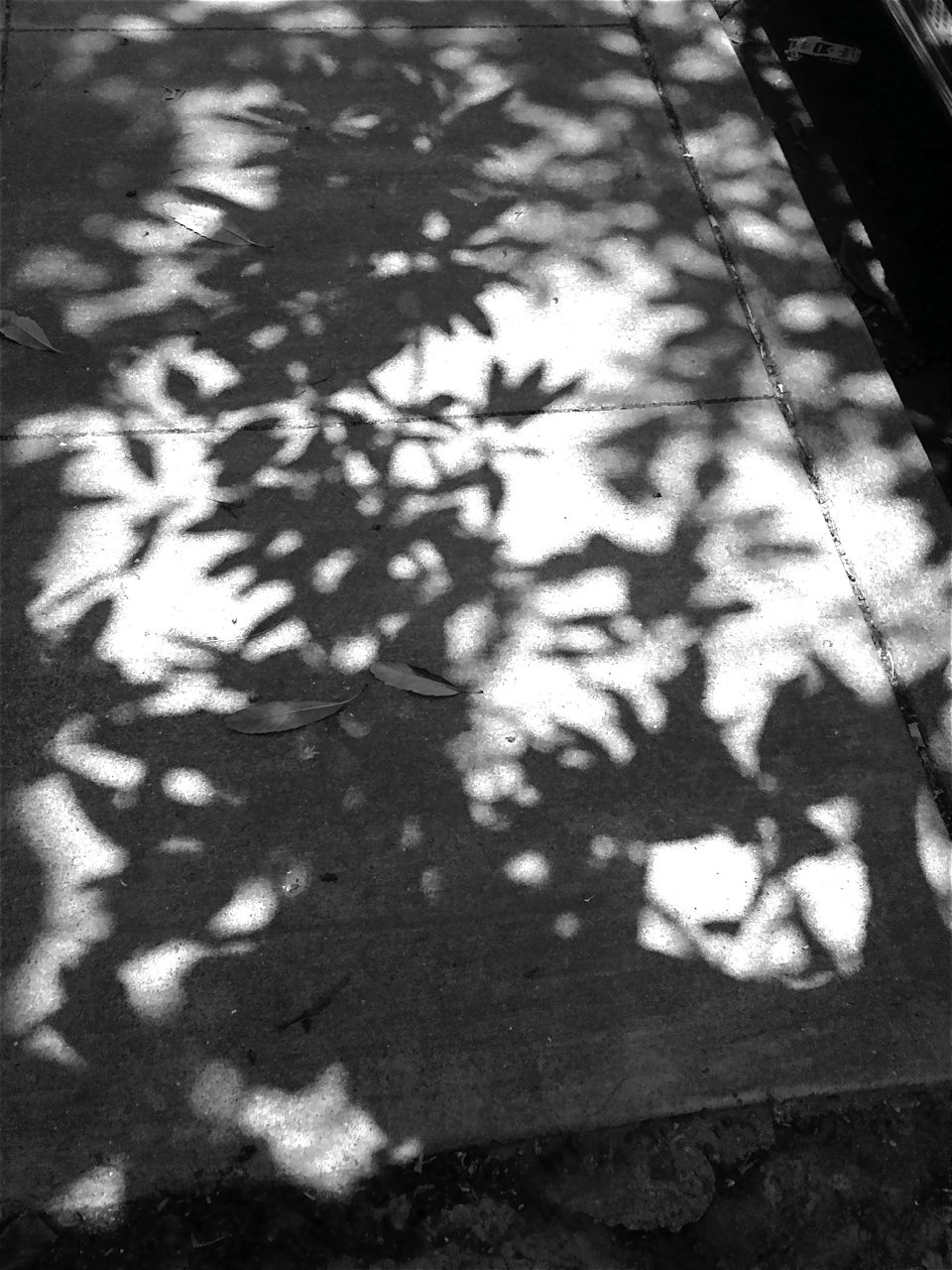- Mon Aug 25, 2014 1:45 pm
#382496
I see. So there would be no time penalty for using GLASS glass only (instead of the AGS glass around GLASS glass trick)?
On another note - won't the bigger mock-sun radius make shadow even less sharp? In some setups, I need to achieve subtle but recognisable foliage shadows on walls and floor, such as in this example

that I was hoping to achieve by putting a clipmap of a tree on a plane just outside the windows, lit by the mock-sun.
On another note - won't the bigger mock-sun radius make shadow even less sharp? In some setups, I need to achieve subtle but recognisable foliage shadows on walls and floor, such as in this example

that I was hoping to achieve by putting a clipmap of a tree on a plane just outside the windows, lit by the mock-sun.





 - By Mark Bell
- By Mark Bell